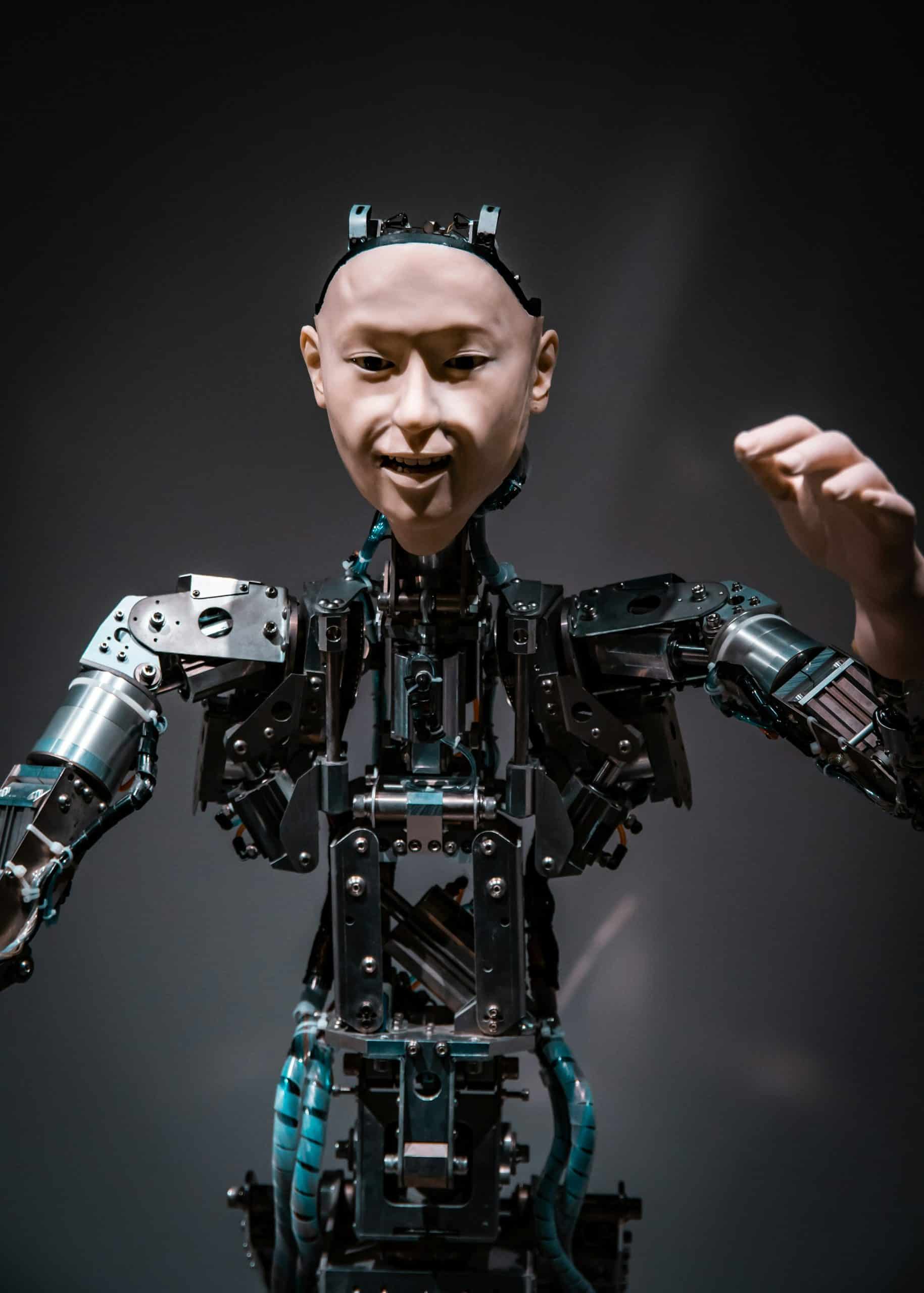Can AI-Driven Crop Monitoring Satellites Reduce the Environmental Impact of UK’s Agriculture?

The future of UK’s agriculture could be in the stars as advanced technologies pave the way for more sustainable farming practices. Experts suggest that the advent of data-driven, AI-assisted satellite monitoring could be a gamechanger for the industry. Let’s delve deeper into this fascinating subject and explore how AI-driven crop monitoring satellites could potentially revolutionize farming methods, increase food production, and ultimately reduce the environmental footprint of the agricultural industry.
The State of UK Agriculture: Present Challenges and Future Prospects
The agricultural industry in the UK is facing numerous challenges, facing pressure to increase food production in a sustainable manner. The volatile climate, increasing labor costs, and tightening regulations are making it harder for farmers to sustain their livelihood. However, as daunting as these challenges are, they also present an opportunity to embrace innovative technologies that can change the face of farming for the better.
Sujet a lire : Discover secrets inside the playstation mystery box rewards
Advancements in artificial intelligence (AI) and data management have paved the way for more efficient and sustainable farming practices. The integration of these technologies into the agricultural sector is not just a theoretical concept; it’s happening right now. From drones to advanced machinery, AI is transforming the industry, offering a way to address some of the most pressing issues of our time.
One of the most promising applications of AI technology in agriculture is in the form of satellite-based crop monitoring systems. These advanced systems allow farmers to monitor crop growth, identify potential issues and make informed decisions on when and where to focus their resources.
A voir aussi : What’s the Potential of Nano-Encapsulation Techniques in Extending Food Shelf Life?
AI-Driven Crop Monitoring: A Brief Overview
AI-driven crop monitoring leverages the power of data, machine learning, and satellite technologies to provide real-time insights into crop health. This type of monitoring uses satellite imagery to analyze the visual and infrared light reflected by crops. The data collected is then processed using AI algorithms, which can identify patterns and anomalies that might indicate signs of disease, pest infestation, or suboptimal growing conditions.
The key advantage of AI-driven crop monitoring is its scalability. Satellite technology can cover vast areas of farmland in a short amount of time, offering farmers an unprecedented level of insight into their crops’ health and development. This means farmers can react more quickly to issues as they arise, potentially saving crops from disease or pest damage.
The Environmental Impact: Benefits and Potential
AI-driven crop monitoring satellites have the potential to drastically reduce the environmental impact of the UK’s agricultural industry. This is primarily based on the principle of precision agriculture, where resources such as water, fertilizers, and pesticides are applied in a targeted manner, based on the specific needs of crops at any given time.
This approach to farming can significantly reduce waste and runoff, two major contributors to environmental degradation in agriculture. Satellite monitoring allows for precise irrigation, reducing water use and minimizing soil erosion. Furthermore, by identifying areas of pest infestation or disease, farmers can apply pesticides selectively rather than across entire fields, reducing the amount of chemicals entering the ecosystem.
Time is of the Essence: The Timing Advantage of Satellite Monitoring
Time is a critical factor in agriculture. The sooner a problem is identified, the easier it is to manage. This is where AI-driven crop monitoring satellites excel. They provide near real-time data, allowing farmers to act swiftly at the first signs of trouble.
Moreover, the use of AI and machine learning algorithms allows the system to predict future issues based on historical data. For instance, the system might identify that certain soil conditions or weather patterns often lead to a specific disease. With this knowledge, farmers can take preventive measures early on, reducing the risk to their crops and minimizing the need for potentially harmful interventions.
The Road Ahead: A Potential Gamechanger for UK’s Agriculture
In the face of growing global food demands and a challenging climate, the agricultural industry needs to innovate and adapt. AI-driven crop monitoring satellites offer a promising solution. By providing precise, real-time data, these systems can help farmers make more informed decisions, reduce waste, protect their crops, and ultimately, lessen the environmental impact of their operations.
While these technologies are still in their infancy, their potential is vast. With further development and adoption, AI-driven satellite crop monitoring could indeed become a cornerstone of sustainable agriculture in the UK. But will they? Only time will tell. The future of farming could be written in the stars.
Harnessing the Potential of AI: Precision Agriculture in Action
Precision agriculture is a farming management concept that has been around for a couple of decades. But it’s only now, with the advent of AI and remote sensing technologies, that its true potential is being realized. Google Scholar and Scholar Crossref have numerous studies highlighting the effectiveness of precision agriculture in increasing crop production while minimizing environmental impact.
At the heart of precision farming is the concept of applying exactly what is needed, where it is needed, and when it is needed. This precision is achieved through a combination of technologies, including GPS, soil moisture sensors, drones, and AI-driven satellite crop monitoring systems.
These technologies collect and analyze data on various factors affecting crop growth, such as soil condition, weather patterns, and pest activity. Machine learning algorithms are then used to interpret this data, providing farmers with real-time insights that can help them make informed decisions.
For instance, satellite data can provide a detailed picture of soil moisture levels across a farm. With this information, farmers can adjust their irrigation practices, applying water only where it is needed. This not only reduces water usage but also minimizes soil erosion, a key concern in sustainable farming.
Furthermore, computer vision technology used in satellite monitoring can identify signs of disease or pest infestation in crops. By pinpointing exactly where these issues are occurring, farmers can apply pesticides or other treatments in a targeted manner, reducing the overall amount of chemicals used and minimizing their impact on the environment.
Conclusion: The Key to Sustainable Agriculture
As climate change continues to pose significant challenges to agricultural production, the importance of innovative technologies like AI-driven crop monitoring satellites cannot be overstated. They have the potential to revolutionize farming practices, making them more efficient, productive, and sustainable.
These technologies can play a crucial role in addressing global food security concerns. By enabling precision farming, they can help farmers maximize their crop production while minimizing waste and environmental impact. The real-time data provided by these systems can also streamline the agricultural supply chain, ensuring that food gets from fields to forks in the most efficient manner possible.
Yet, for all their potential, the widespread adoption of these technologies is not without its challenges. Infrastructure requirements, data privacy issues, and the need for digital literacy among farmers are all hurdles that need to be overcome.
But with the right support and investment, AI-driven crop monitoring satellites could indeed become a key tool in the arsenal of UK farmers. They offer a glimpse of a future where farming is guided by data and powered by artificial intelligence – a future that is not only more productive but also more sustainable. The future of UK agriculture could very well be in the stars.
